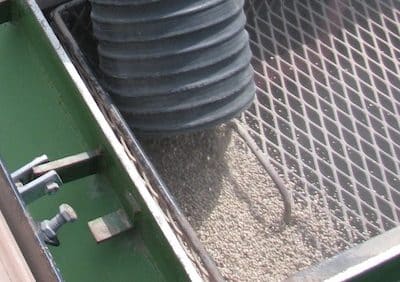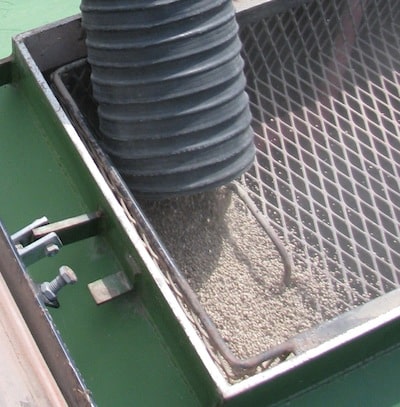Growers with dry soil conditions may be tempted to reduce fertilizer rates. After all, if crops do not reach yield potential, reducing the cash outlay at seeding may mean that a lower-yielding crop could still be profitable.
However, when it comes to canola in particular, fertilizing for average or target yields in spring is often the most economic practice — especially since seasonal moisture is so difficult to predict.
Having all fertilizer in place at or before seeding is also the most convenient. Crops without target rates of available nutrients are at a disadvantage if conditions improve. In-crop top ups can work but tend to be less efficient than nutrients placed in the soil. If considering a split application, AAFC research suggests that a rate of at least two-thirds of planned nitrogen rate should be in place at seeding time. Top dress the rest if conditions improve.
If conditions stay dry, unused nutrient will likely remain in the soil for the following year.
Further reading:
3 fertility questions for seeding time
Need to know: Phosphorus
Need to know: Sulphur
Need to know: Potassium

